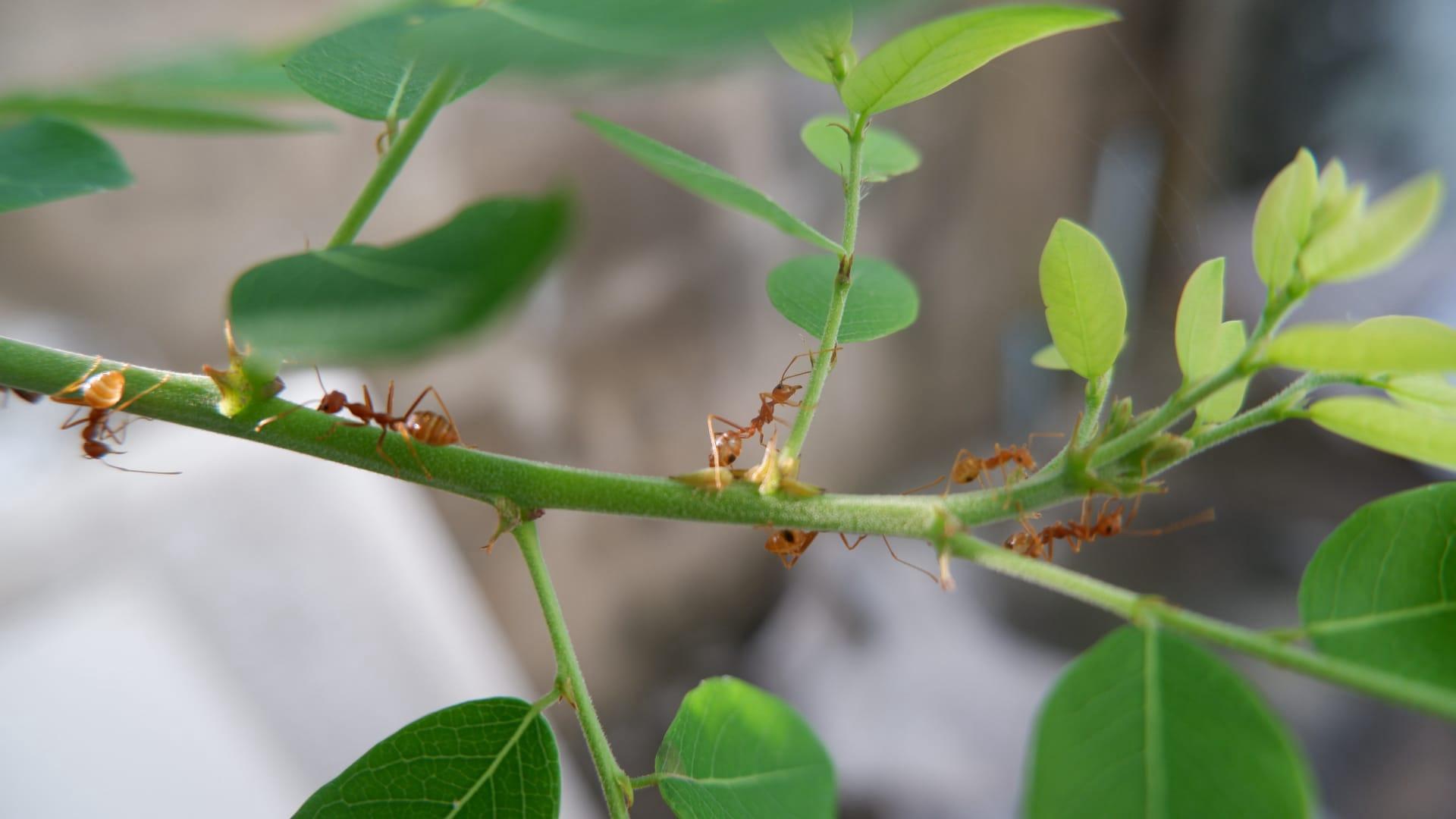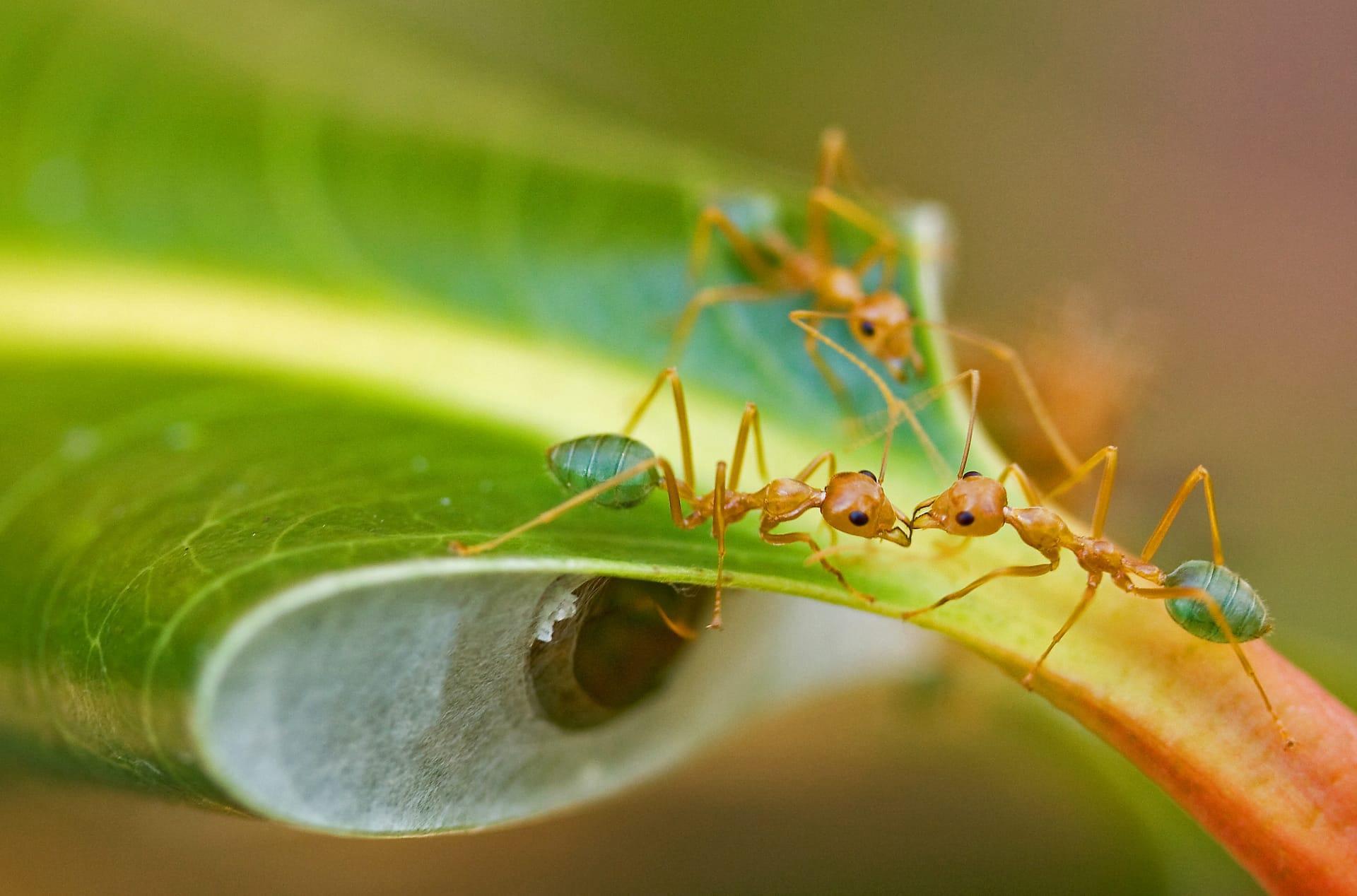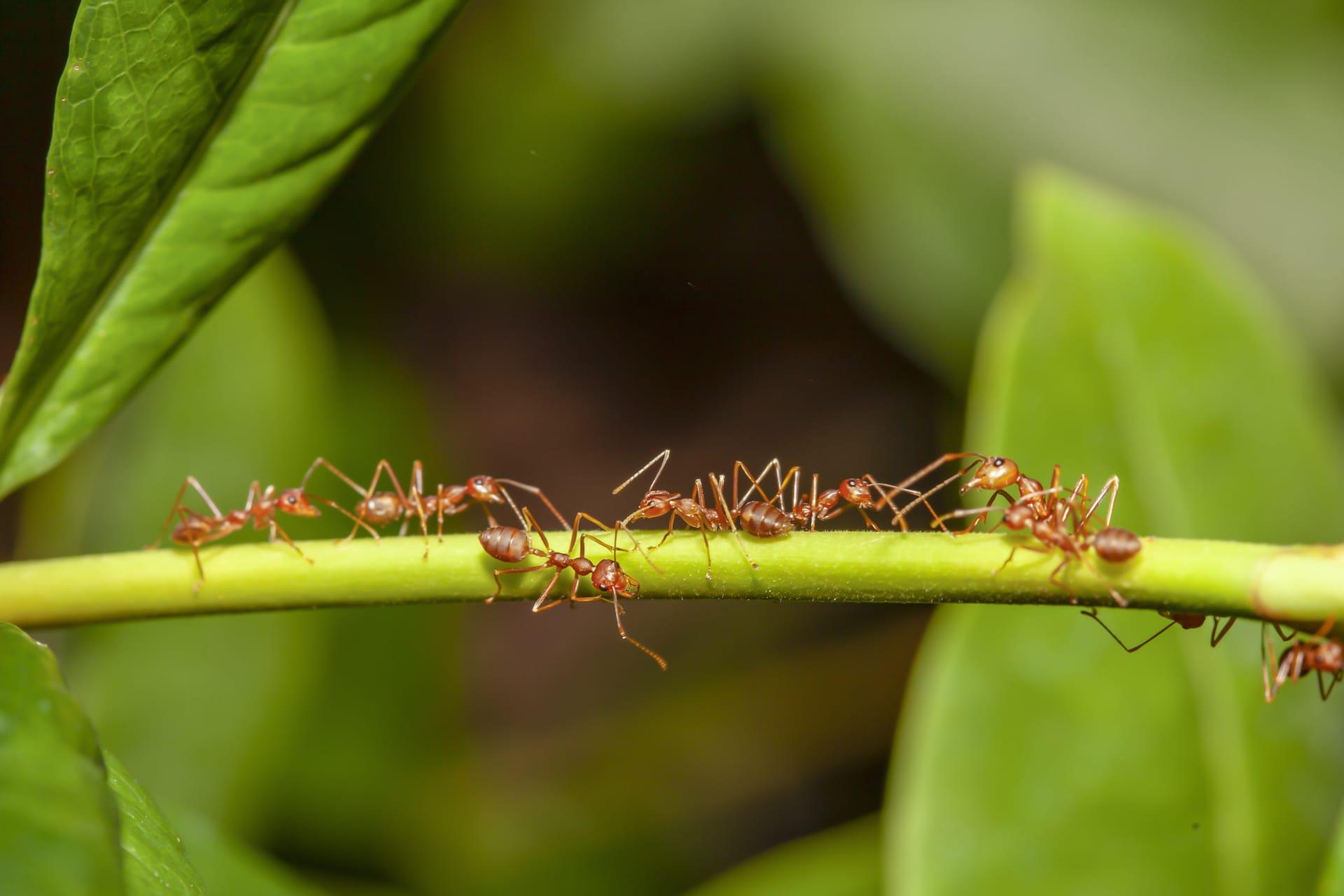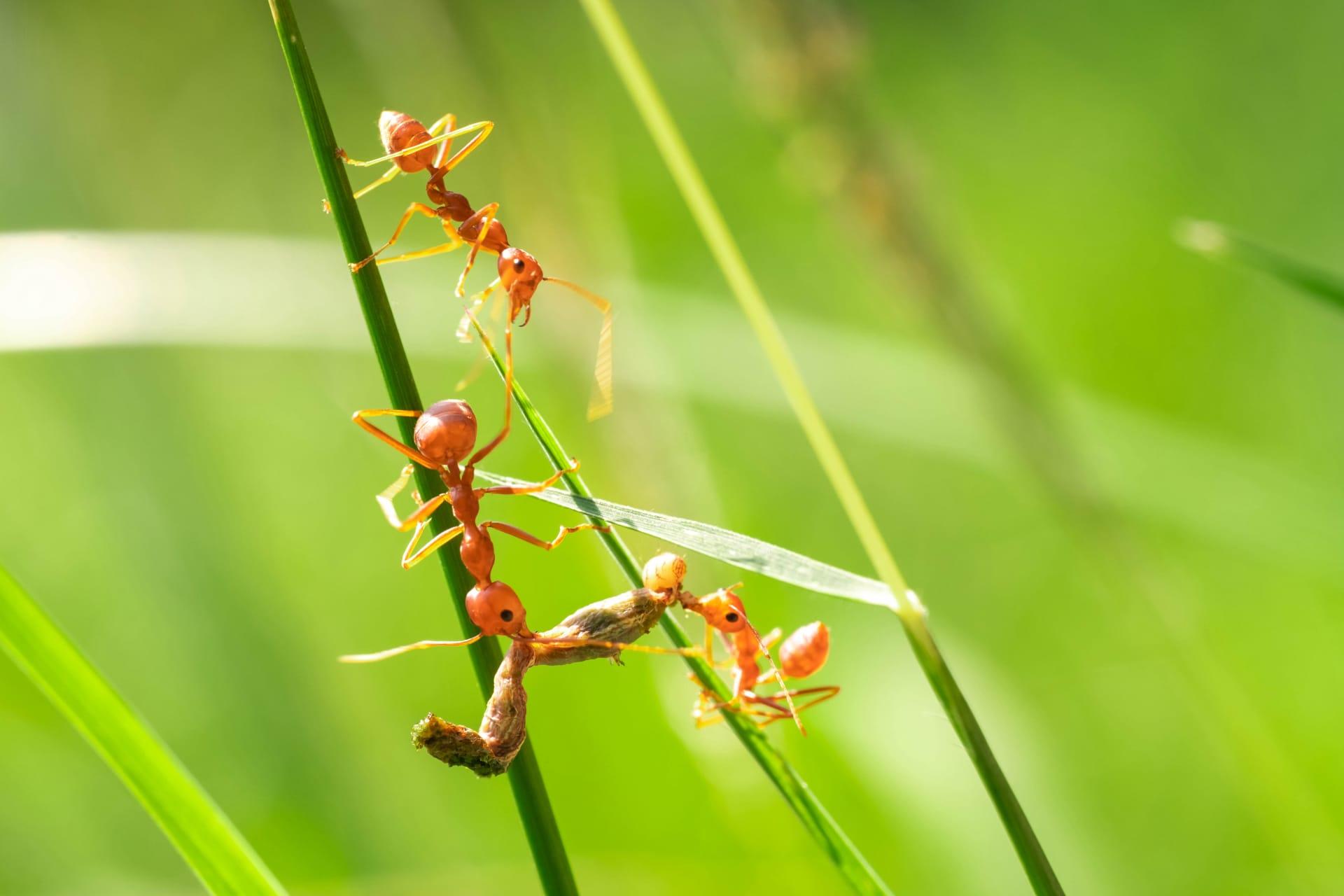1
Citronella ants, known scientifically as Acanthomyops interjectus, possess a unique defense mechanism: when threatened, they secrete a substance that smells remarkably like citronella, the lemon-scented oil commonly used in insect repellents. This scent serves as a deterrent against predators. Measuring about 4 millimeters in length, these ants are relatively small, but their vivid yellow or light brown coloring makes them easily identifiable.
Another intriguing aspect of citronella ants is their relationship with aphids. These ants "farm" aphids, protecting them from predators and feeding on the honeydew that aphids produce. This symbiotic relationship benefits both parties: the aphids receive protection, while the ants get a consistent food source. This behavior showcases the ants' ability to engage in complex ecological interactions.

2
Citronella ants are not commonly found inside human homes, preferring natural habitats like under rocks, logs, or in the soil. However, they occasionally venture into homes in search of food or moisture. Unlike other ant species, they are not attracted to typical household foods but are more interested in the sweet secretions of aphids and similar insects.
These ants exhibit a fascinating behavior known as "swarming." During certain times of the year, usually in late summer or early fall, large groups of winged male and female ants emerge from their nests to mate. This swarming behavior is a vital part of their reproductive cycle. After mating, the females shed their wings and establish new colonies, while the males, having fulfilled their purpose, typically die shortly after.

3
The life cycle of citronella ants is particularly intriguing. Starting as eggs, they undergo a complete metamorphosis through larval and pupal stages before becoming adults. The entire process can take several weeks to months, depending on environmental conditions. This developmental journey highlights the complexity and adaptability of these insects in their ecosystems.
Another unique feature of citronella ants is their nesting habits. They often build their nests in pre-existing cavities or under objects, avoiding the need to excavate extensive tunnel systems like many other ant species. This adaptive strategy allows them to conserve energy and resources, making them efficient colonizers of various habitats.

4
Citronella ants play a crucial ecological role as soil aerators. Their nesting and foraging activities help to mix and aerate the soil, which improves soil health and promotes plant growth. This makes them beneficial to the ecosystem, contributing to the maintenance of soil quality and the overall health of their habitat.
Interestingly, citronella ants have been observed to exhibit a behavior known as "tandem running," where a worker ant will lead another to a food source. This behavior is a form of communication and learning within the colony, showcasing the ants' ability to cooperate and share information for the benefit of the group.

5
Despite their name, citronella ants are not known to pose a significant threat to citronella plants or other vegetation. Their diet primarily consists of honeydew from aphids and occasionally other small insects, which aligns with their role as protectors of aphid colonies rather than as plant pests.
One of the most captivating aspects of citronella ants is their ability to adapt to different environments. While they are commonly found in moist woodland areas, they can also thrive in urban and suburban settings, provided they find suitable nesting sites and food sources. This adaptability demonstrates their resilience and the ability to coexist in various ecosystems alongside human development.